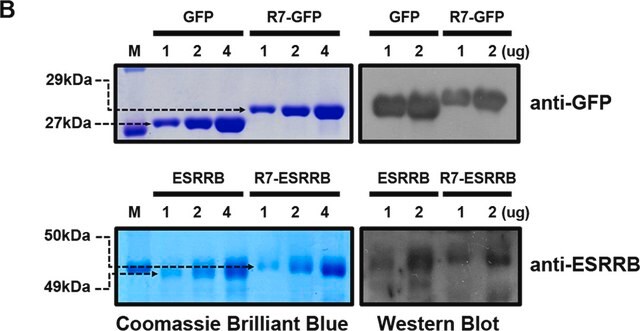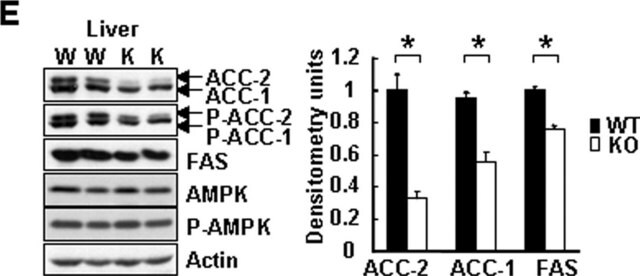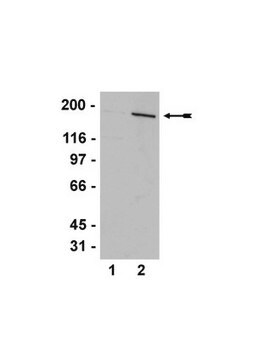07-2268
Anti-phospho-TBC1D1 Antibody (Ser237)
from rabbit, purified by affinity chromatography
Sinónimos:
TBC1 domain family member 1, TBC1 (tre-2/USP6, BUB2, cdc16) domain family, member 1
About This Item
Productos recomendados
origen biológico
rabbit
Nivel de calidad
tipo de anticuerpo
primary antibodies
clon
polyclonal
purificado por
affinity chromatography
reactividad de especies
human
reactividad de especies (predicha por homología)
ox (based on 100% sequence homology), chimpanzee (based on 100% sequence homology), mouse (based on 100% sequence homology), rat (based on 100% sequence homology), rhesus macaque (based on 100% sequence homology)
técnicas
western blot: suitable
Nº de acceso NCBI
Nº de acceso UniProt
Condiciones de envío
wet ice
modificación del objetivo postraduccional
phosphorylation (pSer237)
Información sobre el gen
human ... TBC1D1(23216)
Descripción general
Especificidad
Inmunógeno
Aplicación
Signaling
Insulin/Energy Signaling
Glucose/Glycogen Metabolism
Calidad
Western Blot Analysis: 1 µg/mL of this antibody detected TBC1D1 on 10 µg of lambda phosphatase treated and untreated HEK293 cell lysates.
Descripción de destino
Forma física
Almacenamiento y estabilidad
Nota de análisis
Lambda phosphatase treated and untreated HEK293 cell lysates
Otras notas
Cláusula de descargo de responsabilidad
¿No encuentra el producto adecuado?
Pruebe nuestro Herramienta de selección de productos.
Código de clase de almacenamiento
12 - Non Combustible Liquids
Clase de riesgo para el agua (WGK)
WGK 1
Punto de inflamabilidad (°F)
Not applicable
Punto de inflamabilidad (°C)
Not applicable
Certificados de análisis (COA)
Busque Certificados de análisis (COA) introduciendo el número de lote del producto. Los números de lote se encuentran en la etiqueta del producto después de las palabras «Lot» o «Batch»
¿Ya tiene este producto?
Encuentre la documentación para los productos que ha comprado recientemente en la Biblioteca de documentos.
Nuestro equipo de científicos tiene experiencia en todas las áreas de investigación: Ciencias de la vida, Ciencia de los materiales, Síntesis química, Cromatografía, Analítica y muchas otras.
Póngase en contacto con el Servicio técnico






